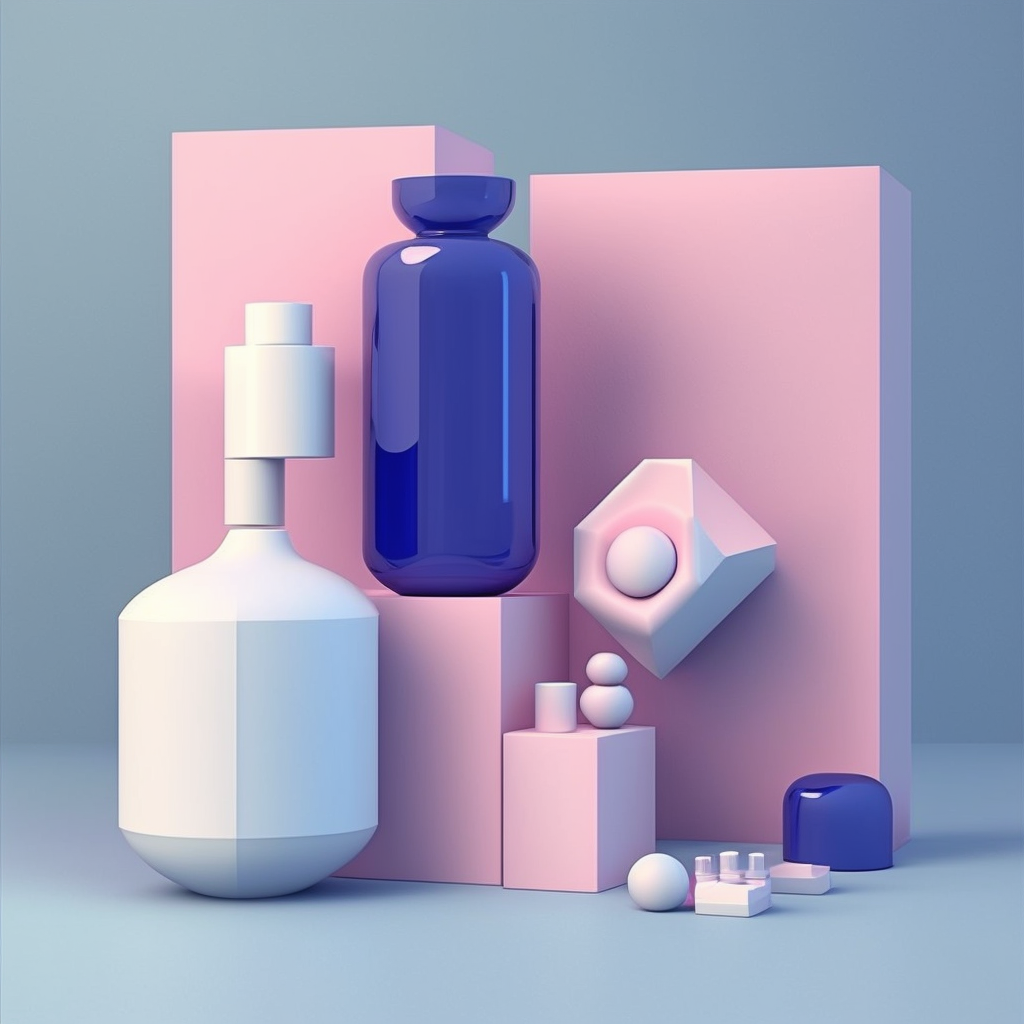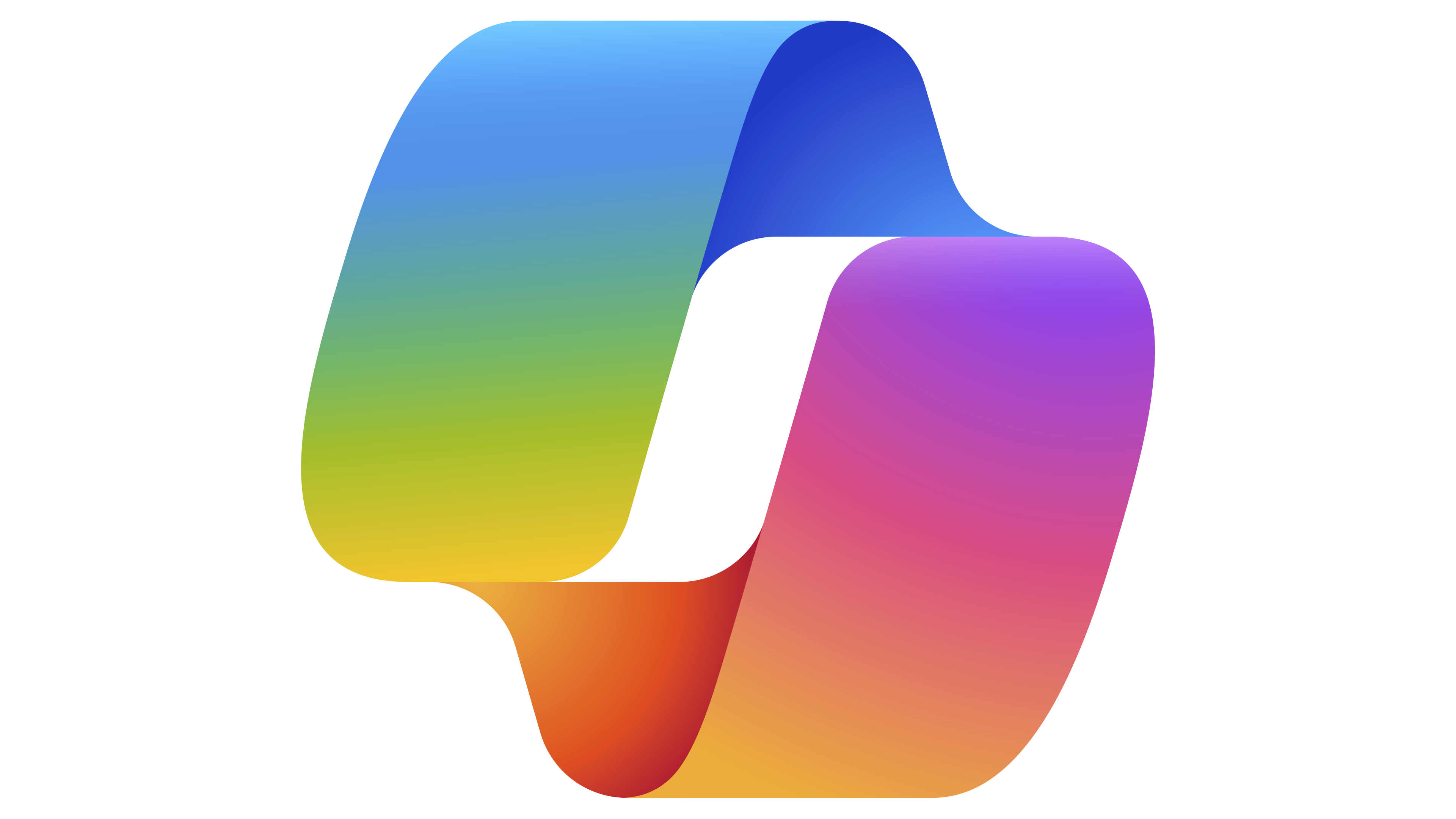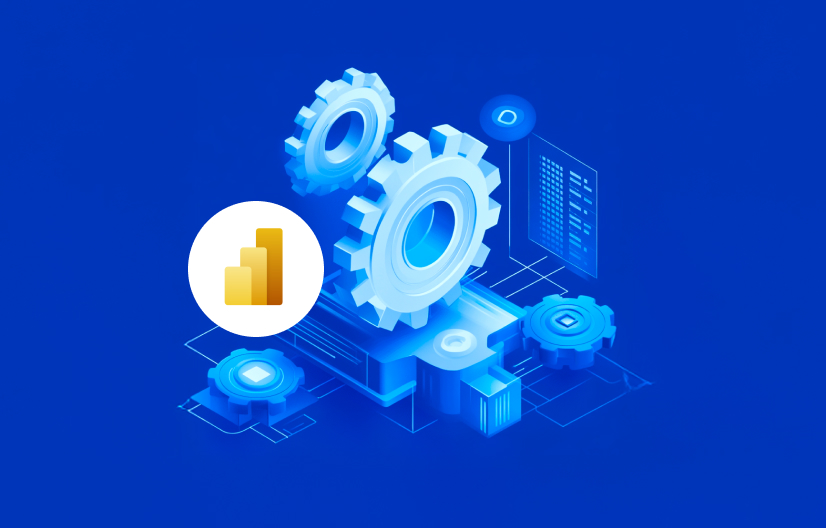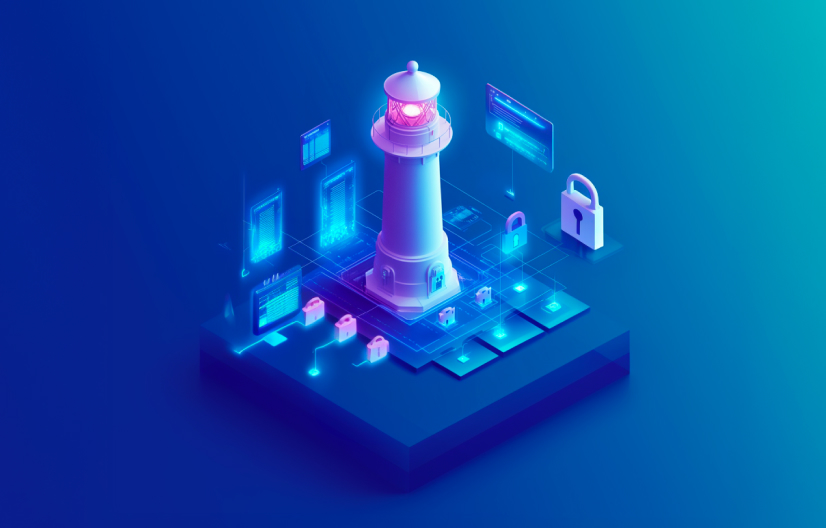
New IT Applications Serving the Healthcare Sector
There are a multitude of solutions using new information and communication technologies (NICT) in the healthcare sector. These apps make life easier for general practitioners and improve patient services. Quebec relies on an ecosystem of companies. They develop tools, platforms and software specially designed for the various needs of the sector. Since I work regularly with these companies to design IT applications that improve service delivery between the patient and the caregivers, I am in daily contact with these innovations. Their fundamental objective is to improve quality of care.
To this end, doctors are increasingly integrating digital solutions (ICT) into their practices. According to a study by Hacking Health, more than 80% of them use the smartphone in their daily professional life, compared to 66% who use an tablet. Interestingly, more than 39% of general practitioners now communicate electronically with their patients [1]. This percentage is expected to increase in the coming years.
Turf, a collaborative application
The health information technology industry focuses on the interaction between patient and health service provider and between professionals.
Companies in this sector develop solutions that aim to optimize:
- Clinical information systems for healthcare professionals.
- non-clinical information sharing systems for researchers, patients, and professionals.
- Information systems used to optimize administrative services, from procurement to scheduling.
Before the advent of information technology, communications between physicians were always conducted over the phone or in person. Nowadays, care teams can rely on versatile information sharing tools.
The solutions are multiplying. For example, we contributed to the development, on behalf of physician entrepreneurs, of a collaborative application intended for health professionals named Turf. The Turf mobile app is a powerful tool that facilitates asynchronous, yet succinct, referencing, tracking, and communication of confidential patient data between consulting physicians and referring physicians. This solution allows medical consultants to detail their expertise and their individual fields of practice in an interactive directory.
Turf is very robust and allows practitioners to efficiently collaborate and coordinate patient care. The mobile application is structured as follows:
- Physician’s registrations and description of his expertise;
- Directories of available doctors;
- List of active and inactive patients;
- Consultation requests in progress;
- User profile.
The benefits are significant for healthcare providers and, by extension, patients:
- Reduce intermediaries and margins of error;
- Accelerate the identification of the right resource at the most opportune time;
- Improve trust and ease communications with patients;
- Allow visibility and cheat sheet on own list of active patients at your fingertips (mobile);
- Increase equity in case management;
- Facilitate healthcare processes;
- Eliminate use of faxes for specialty reference requests.
This is an example among many. This NICT tool significantly facilitates collaboration between different medical expertise. By focusing on a more fluid flow of information, by promoting interaction between professionals, Turf will help make the healthcare system more efficient, provided that its adoption becomes widespread. The adoption of such innovations is a whole other topic that we could explore in the future.
I wanted to introduce you to this application because I believe it has enormous potential. But it’s not alone. Currently, several hospitals have created innovation laboratories. These development centres encourage Startups to submit their projects and contribute to their development.
These collaborations helped create several products using NICT for the management of supply logistics or the management of doctors’ schedules, which are very complex. These small innovations have a noticeable impact on the quality of services. By offering a schedule management system for doctors, for example, we allow them to devote more hours to patients. The entire health management infrastructure benefits from these innovations. We can also think of the new telemedicine platforms that allow doctors to perform medical acts remotely, thus giving rapid access to care for remote clients or those with a loss of autonomy.
But that’s not all. Remote monitoring solutions now help the practitioner supervise the clinical, radiological, or biological data of a patient. Data is collected either by the patient or by another healthcare professional and allow a diagnosis or a more effective treatment to be offered.
Innovations abound in health IT and Quebec’s industrial fabric is perfectly positioned to become a leader in this market. That’s what we want. Another promising avenue that has been developing in recent years is that of preventive medicine through connected objects. The question I ask myself: how is it possible for doctors to use the data generated by personal bio monitors, such as IWatch and Fitbit, to develop reactive preventive medicine?



















